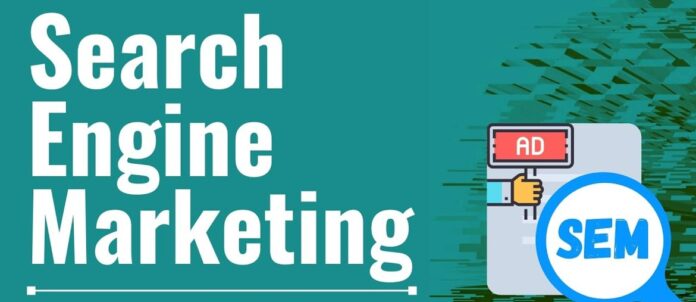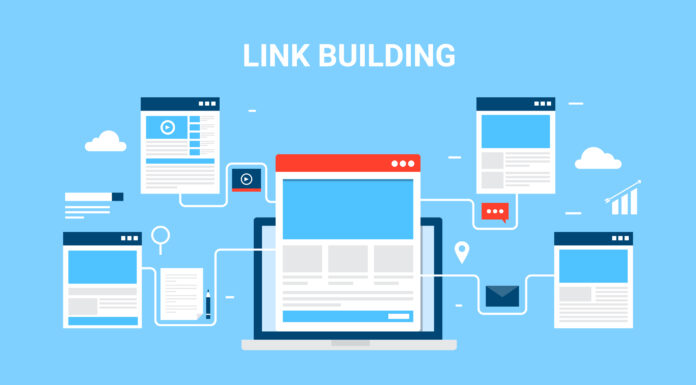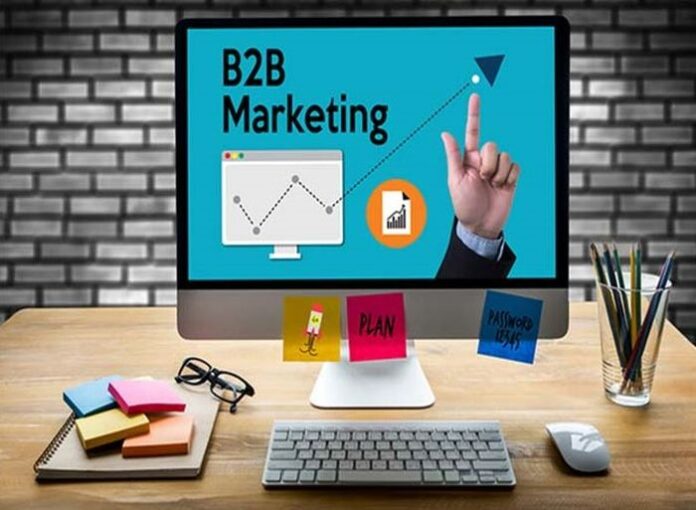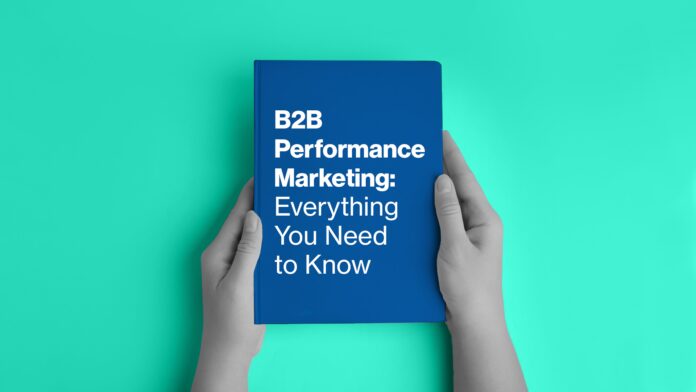Are you looking to maximize your B2B performance? Discover how SEO, SEM, and Social Media can help you unlock the potential of your business in this comprehensive guide.
Learn the strategies and tactics to ensure success in the ever-evolving digital world.
Understanding Search Engine Optimization (SEO)

Search engine optimization (SEO) is a marketing strategy used to increase brand visibility, website traffic, and the quality of site visitors by improving the ranking of a website or web page in search engine results. It involves optimizing website content and navigation to ensure that more potential customers can find the company online, as well as evaluating and improving the overall user experience. SEO is important in B2B performance marketing because it focuses on attracting target customers who are likely to be interested in what the company has to offer.
Businesses should focus on three core SEO concepts: keyword research, content optimization, and link building when leveraging SEO for B2B performance marketing:
Exploring Search Engine Marketing (SEM)

Search Engine Marketing (SEM) is a digital advertising practice that leverages paid search engine ads to target and reach potential customers. It is one of the most powerful tactics used in B2B performance marketing as it enables direct targeting of customers and can provide multiple ad formats with real-time data on audience response.
By targeting the right keywords, you can deliver your message to a large pool of interested audiences who are already looking for solutions like yours. Admittedly, SEM requires some upfront investment but, it can generate quality leads at a lower cost than many other channels.
To get the best from search engine marketing, it’s important to understand the different components such as bids and budgets, as well as search engine algorithms. As part of this process, optimizing your ad copy and landing page for relevancy is key in order to driving maximum click-throughs and the lowest cost per lead (CPL).
To get started with SEM quickly and efficiently enough to make an impact on performance objectives; you need knowledge from professional practitioners who have experience in running highly successful campaigns across all platforms offering tools for search engine analytics.
Analyzing Social Media Strategies
Social media marketing requires a comprehensive strategy to reach the right audiences, engage with customers, and drive sales and conversions. When designing a social media plan, you will need to consider factors such as your target market, objectives, key performance indicators (KPI), and measurement tools.
In order to maximize your social media efforts, you should have an understanding of the various strategies available. Common strategies include:
- Content creation: Creating engaging content that resonates with the target customer and encourages them to take specific actions.
- Hashtags and keywords: Using hashtags and keywords helps ensure that customers find your page when searching for relevant topics online.
- Influencer partnerships: Aligning with influencers within your industry allows you to use their existing platforms to target potential customers.
- Target marketing: Leveraging customer data from previous campaigns allows you to target potential customers who are more likely to be interested in what you offer.
- Paid advertising: Paid ads are an effective way to reach broader audiences with quality content at a fraction of the cost of traditional methods like television commercials or newspaper ads.
Analyzing past performance results is essential for understanding how your strategies are working and how they can be improved in the future. Examine metrics related to follower engagement such as shares, comments, likes, and retweets – all of which can provide valuable insight into what type of content resonates best with your customers and drive meaningful interactions between brand and customer. Analyzing these metrics also helps identify which channels are most effective in driving conversions along key business objectives such as website visits or new leads generated.
Organic Strategies

Search engine optimization will help increase the visibility of webpages organically on SERPs without any payment for ad space or clicks. Proper keyword research should lead to the creation of website content that aligns with known industry language used by key players in the target market; consumer personas can help guide content strategy accordingly. Regularly optimizing website code as well as offsite SEO efforts like link building are essential elements in an organic SEO strategy necessary for earning organic visibility over time.
Paid Advertising Strategies

Search engine marketing drives traffic through paid advertising platforms including Google AdWords PPC campaigns and displays retargeting initiatives across many networks including Google Display Network. Smartly placed SEM campaigns allow brands to be seen by highly targeted demographics when they are searching on popular keywords related to their business or budget permitting real-time bidding (RTB). Creating eye-catching visual advertisements can dramatically increase clickthrough rates that translate into conversions such as registering for events or signing up for email newsletters which mark successful lead genesis milestones; these metrics are tangible measures of success worth investing in overtime with properly managed budgets.
Link Building

Link building is the process of acquiring hyperlinks from other websites to your own. It’s an important SEO strategy that can help increase your website’s authority and improve its search engine rankings. In B2B marketing, link building can be especially useful for establishing credibility and building relationships with other businesses in your industry. By creating valuable content and reaching out to relevant websites for backlinks, you can position yourself as a thought leader in your field and attract more targeted traffic to your website.
Leveraging Insights for Continuous Improvement
It’s important to focus on understanding the core elements of SEO, SEM, and social media while also gathering data to understand where the best offers are coming from, who is visiting your site, what pages they’re landing on, why they’re leaving or converting, and more. The more information you have about user behavior and engagement with content, the better prepared you’ll be to develop strategies that drive business results.
Conclusion

B2B performance marketing is an effective way to grow your business by leveraging SEO, SEM, and social media. Utilizing these strategies can help you reach a wider audience and increase the visibility of your brand. With the right approach, you can successfully optimize your digital presence and maximize sales opportunities. By understanding how each of these channels works together, you will be able to make well-informed decisions about which tactics are best for achieving the desired results. With strategic planning and careful execution, businesses can leverage B2B performance marketing to achieve their goals in today’s competitive marketplace.









